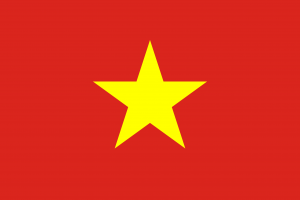Language/Vietnamese/Grammar/Plurals
Welcome to the Vietnamese Grammar - Plurals lesson! In this lesson, you will learn how to form plurals in Vietnamese. This is an important part of the language and it is essential to understand it if you want to communicate effectively in Vietnamese.
Overview
In Vietnamese, there are two ways to form plurals: by adding a suffix or by using a pluralizing word. The suffix is usually added to the end of the noun, while the pluralizing word is placed before the noun.
Suffix
The most common way to form plurals in Vietnamese is by adding a suffix. The suffix used depends on the type of noun being pluralized. For example, the suffix "-người" is used for people, "-con" is used for animals, and "-vật" is used for objects.
For example:
- Người (person) → Người người (people)
- Con (animal) → Con con (animals)
- Vật (object) → Vật vật (objects)
Pluralizing Word
The other way to form plurals in Vietnamese is by using a pluralizing word. The most common pluralizing word is "nhiều", which means "many". This word is placed before the noun and is used to indicate that there is more than one of the noun.
For example:
- Người (person) → Nhiều người (people)
- Con (animal) → Nhiều con (animals)
- Vật (object) → Nhiều vật (objects)
Examples
Here are some examples of plurals in Vietnamese:
- Nhà (house) → Nhà nhà (houses)
- Bàn (table) → Bàn bàn (tables)
- Cây (tree) → Cây cây (trees)
- Nhiều người (people) → Nhiều người (people)
- Nhiều con (animals) → Nhiều con (animals)
- Nhiều vật (objects) → Nhiều vật (objects)
Conclusion
In this lesson, you have learned how to form plurals in Vietnamese. You now know that there are two ways to form plurals: by adding a suffix or by using a pluralizing word.
If you want to learn more about the Vietnamese language, be sure to check out the Polyglot Club community. There, you can find many helpful resources and connect with other language learners.
If you have any questions, please ask them in the comments section below.
Feel free to edit this wiki page if you think it can be improved. 😎

